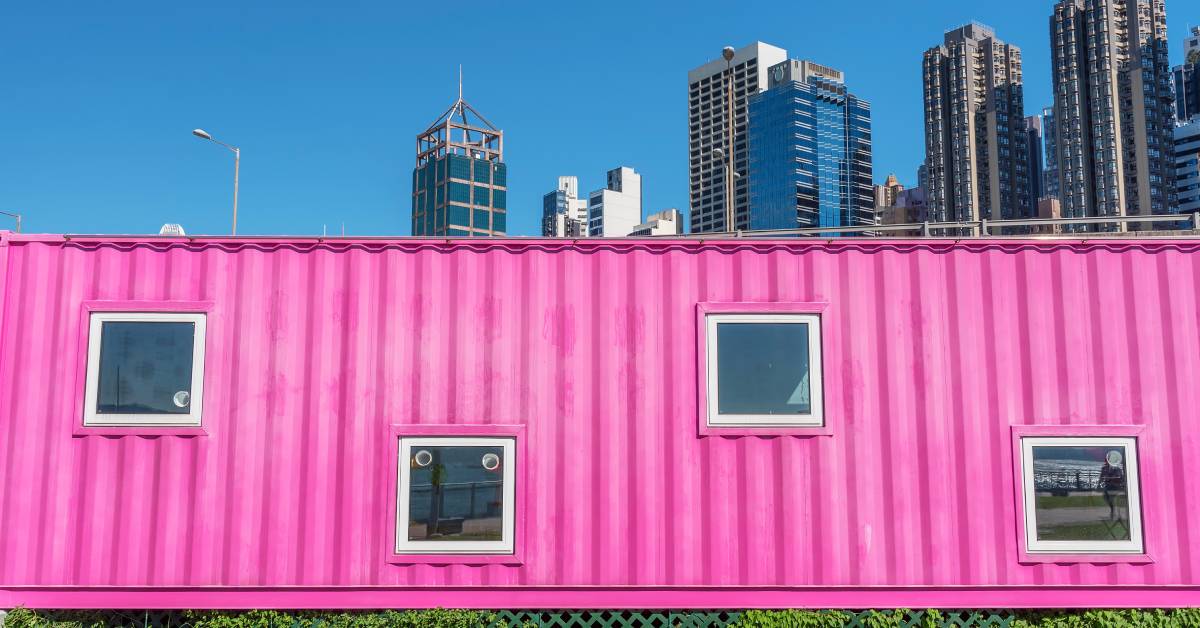Modified shipping containers are innovative ways to create versatile spaces, whether you’re building a tiny home, an office, or an entertainment space. However, the key to making your container functional and long-lasting is proper weatherproofing. Without it, these strong steel structures can be vulnerable to rust, leaks, and extreme temperatures.
This guide will walk you through ways to weatherproof your modified shipping container to protect your investment and maintain a comfortable space year-round.
Proper Insulation
Insulation is essential for keeping your shipping container comfortable, whether you’re shielding it from the sweltering summer heat or icy winter winds. Traditional fiberglass or spray foam insulation works well to create a strong thermal barrier, which prevents modified shipping containers from overheating or getting too cold. Some builders swear by mineral wool insulation for its fire resistance and noise-reducing properties. Be sure to find an insulation material that fits your plans for the space and the climate it will endure.
Effective Ventilation
Moisture is the enemy of all metal structures. An unventilated shipping container can trap humidity, which will lead to condensation, mold, and even rust. Adding vents or a full HVAC system to your container will ensure proper airflow and reduce the buildup of moisture. Roof turbines or wall vents are excellent options for achieving consistent ventilation. For maximum effectiveness, combine ventilation with a dehumidifier in especially wet climates.
Quality Sealing
Shipping containers are designed to be durable, but poor sealing can allow leaks during heavy rain or snowy weather. Carefully examine windows, doors, and other openings, and apply a high-quality weatherproof sealant to prevent water from seeping in. Rubber gaskets under doors and silicone caulking around windows are effective ways to keep your container dry, even during extreme weather events.
Durable Exterior Coating
Steel containers are naturally vulnerable to rust, especially when exposed to moisture over time. Applying a weatherproof, anti-corrosion coating to the exterior is one of the best ways to extend your container’s lifespan. Marine-grade paint is the top choice for protecting steel shipping containers from rust. After all, this special coating is designed to withstand extreme environments at sea. Make sure to clean the surface before applying paint for the best results.
Structural Reinforcement
For those in snowy climates, reinforcing the structure should be a priority. The flat roofs of shipping containers can sag under heavy snow accumulation, risking permanent damage. Reinforcing the roof with steel beams or adding a pitched roof can help distribute weight and improve durability. For permanent installations, securing the container with proper anchoring will prevent shifting.
By incorporating these practical ways to weatherproof your modified shipping container, you can rest easy knowing your structure is ready to handle the harshest conditions. Whether you’re creating a cozy home or a rugged workspace, these steps will protect your investment.

